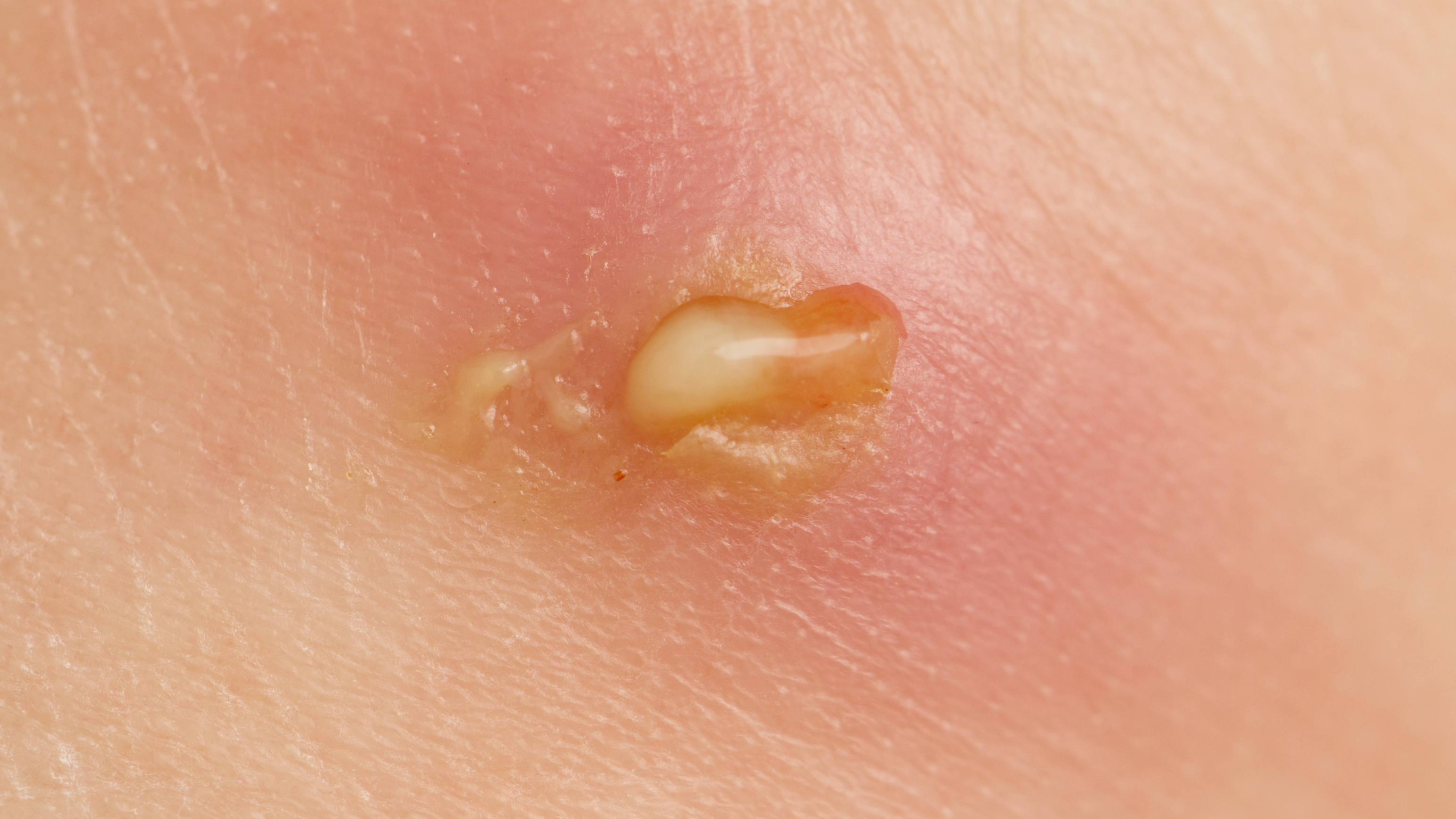-
Featured News
Are there home remedies for boils?

Boils
Boils can occur anywhere on your skin, but appear mainly on your face, neck, armpits, buttocks or thighs — hair-bearing areas where you're most likely to sweat or experience friction. Signs and symptoms of a boil usually include:
- A painful, red bump that starts out about the size of a pea
- Red, swollen skin around the bump
- An increase in the size of the bump over a few days as it fills with pus (can sometimes reach the size of a baseball)
- Development of a yellow-white tip that eventually ruptures and allows the pus to drain out
Carbuncles
A carbuncle is a cluster of boils that form a connected area of infection. Carbuncles often occur on the back of the neck, shoulders or thighs. Compared with single boils, carbuncles cause a deeper and more severe infection and are more likely to leave a scar. People who have a carbuncle often feel unwell in general and may experience a fever and chills.
Diagnosis
Your doctor will likely be able to diagnose a boil or carbuncle simply by looking at it. He or she might suggest sending a sample of the pus to a lab for testing. This may be useful if you have recurring infections or an infection that hasn't responded to standard treatment.
Many varieties of the bacteria that cause boils have become resistant to certain types of antibiotics. So lab testing can help determine what type of antibiotic would work best in your situation.
Lifestyle and home remedies
For small boils, these measures may help the infection heal more quickly and prevent it from spreading
- Warm compresses. Apply a warm washcloth or compress to the affected area several times a day. This helps the boil rupture and drain more quickly.
- Never squeeze or lance a boil yourself. This can spread the infection.
- Prevent contamination. Wash your hands thoroughly after treating a boil. Also, launder clothing, towels or compresses that have touched the infected area, especially if you have recurrent boils or carbuncles.
Treatment
For larger boils and carbuncles, treatment may include:
- Incision and drainage. Your doctor may drain a large boil or carbuncle by making a small incision in the tip. Deep infections that can't be completely drained may be packed with sterile gauze to help soak up and remove additional pus.
- Antibiotics. Sometimes your doctor may prescribe antibiotics to help heal severe or recurrent infections.
When to see a doctor
You usually can care for a single, small boil yourself. But see your doctor if you have more than one boil at a time or if a boil:
- Occurs on your face
- Worsens rapidly or is extremely painful
- Causes a fever
- Is more than 2 inches (5 centimeters) across
- Hasn't healed in two weeks
- Recurs







